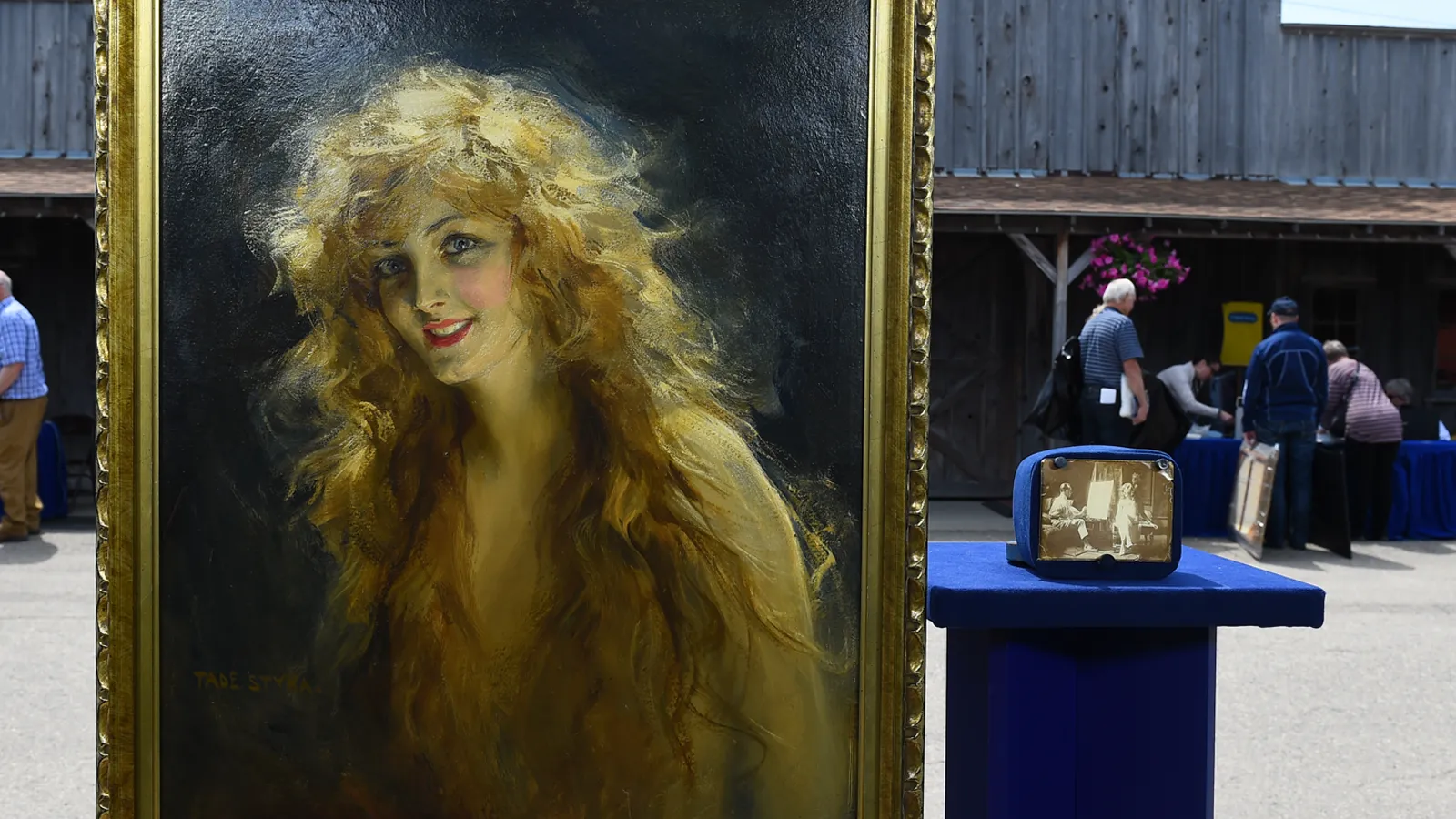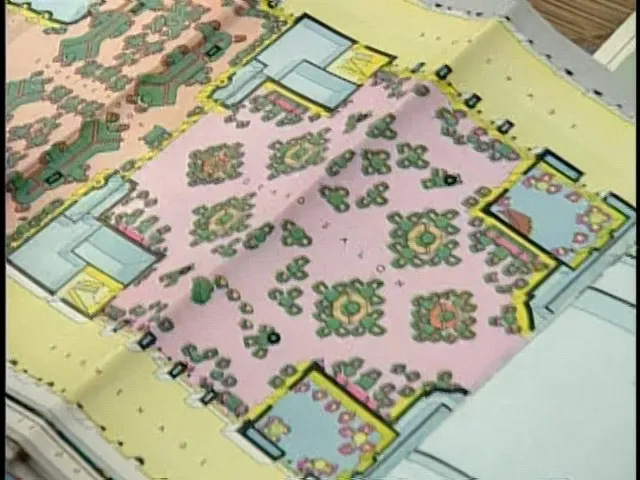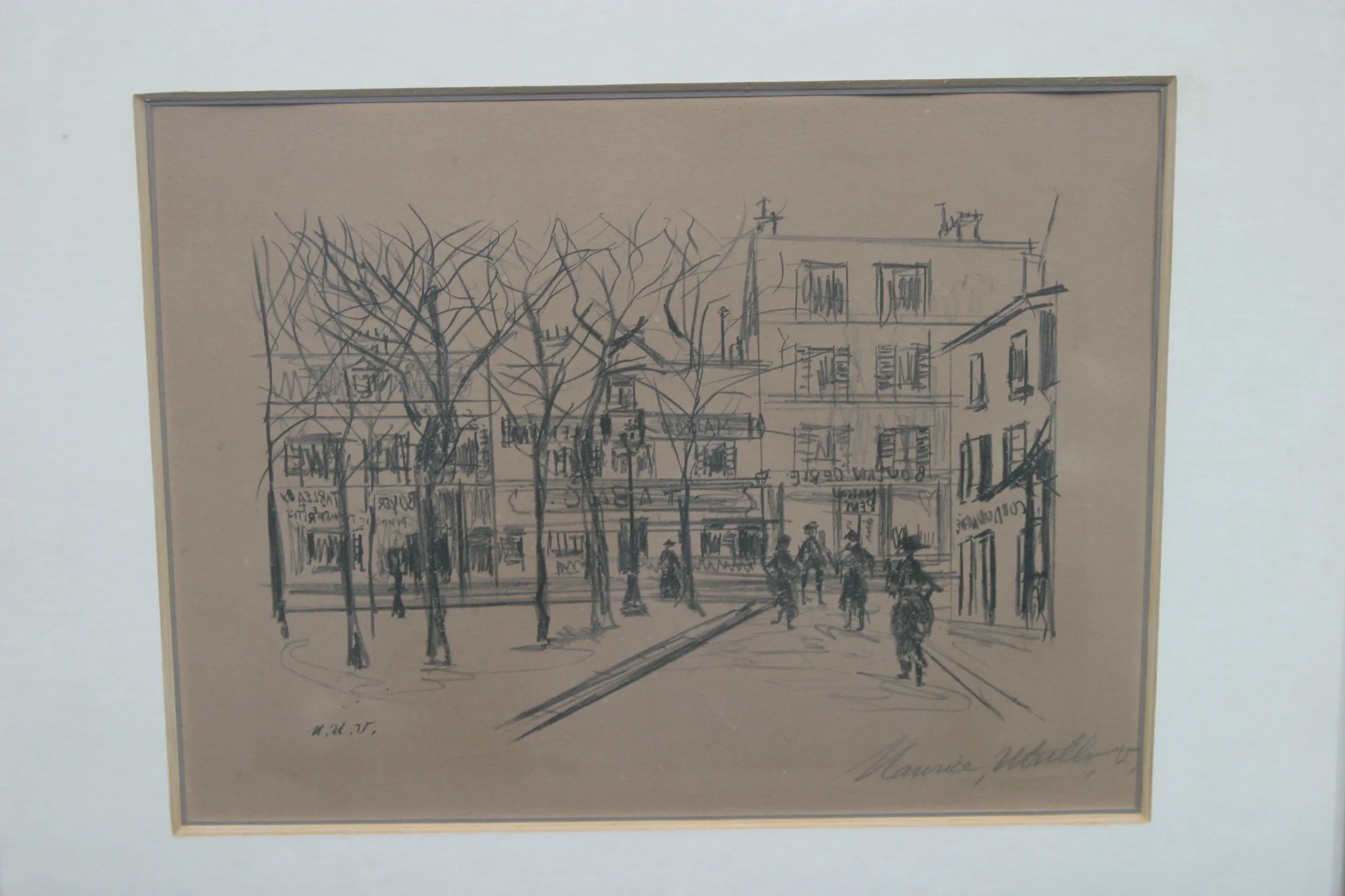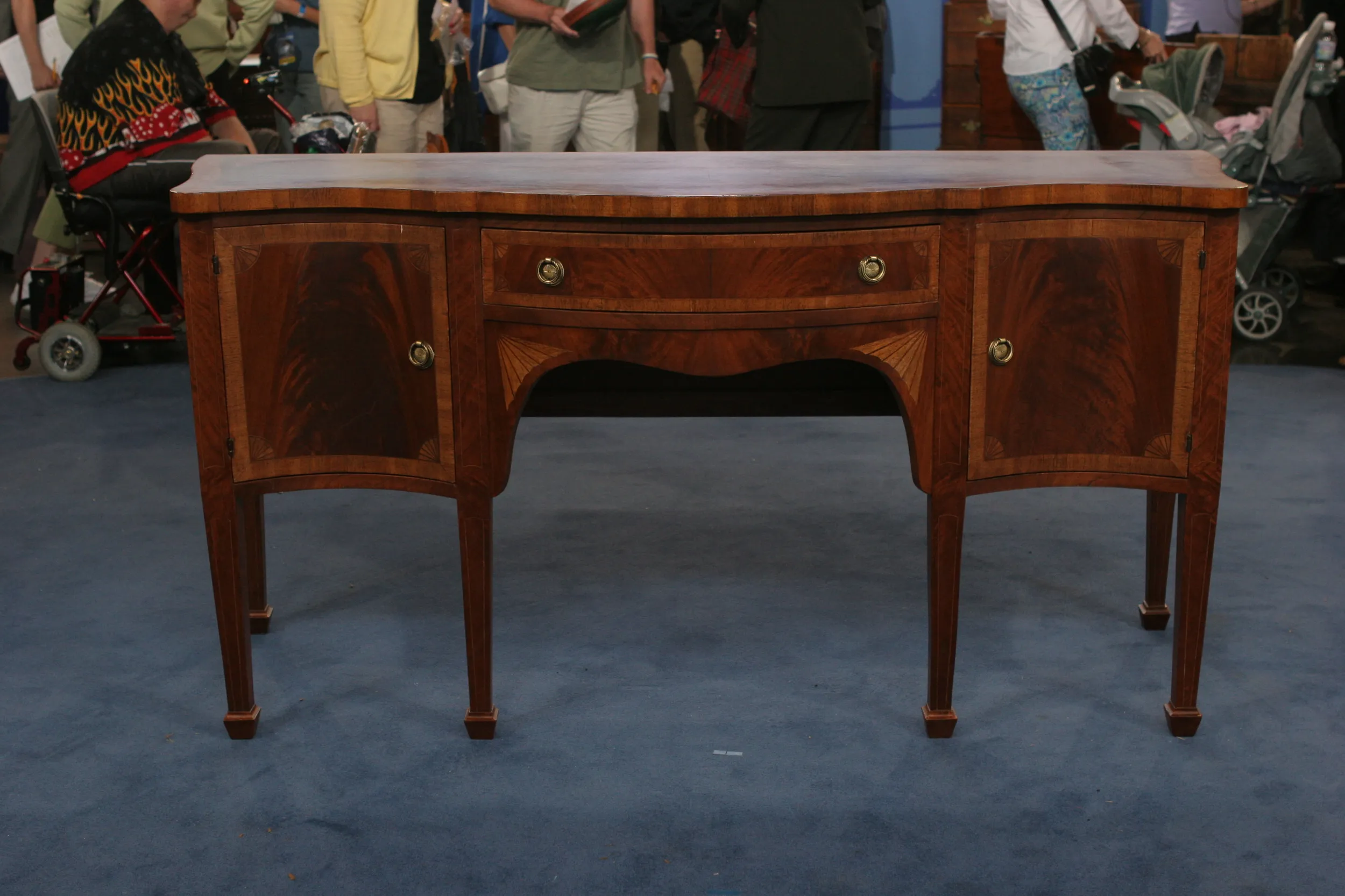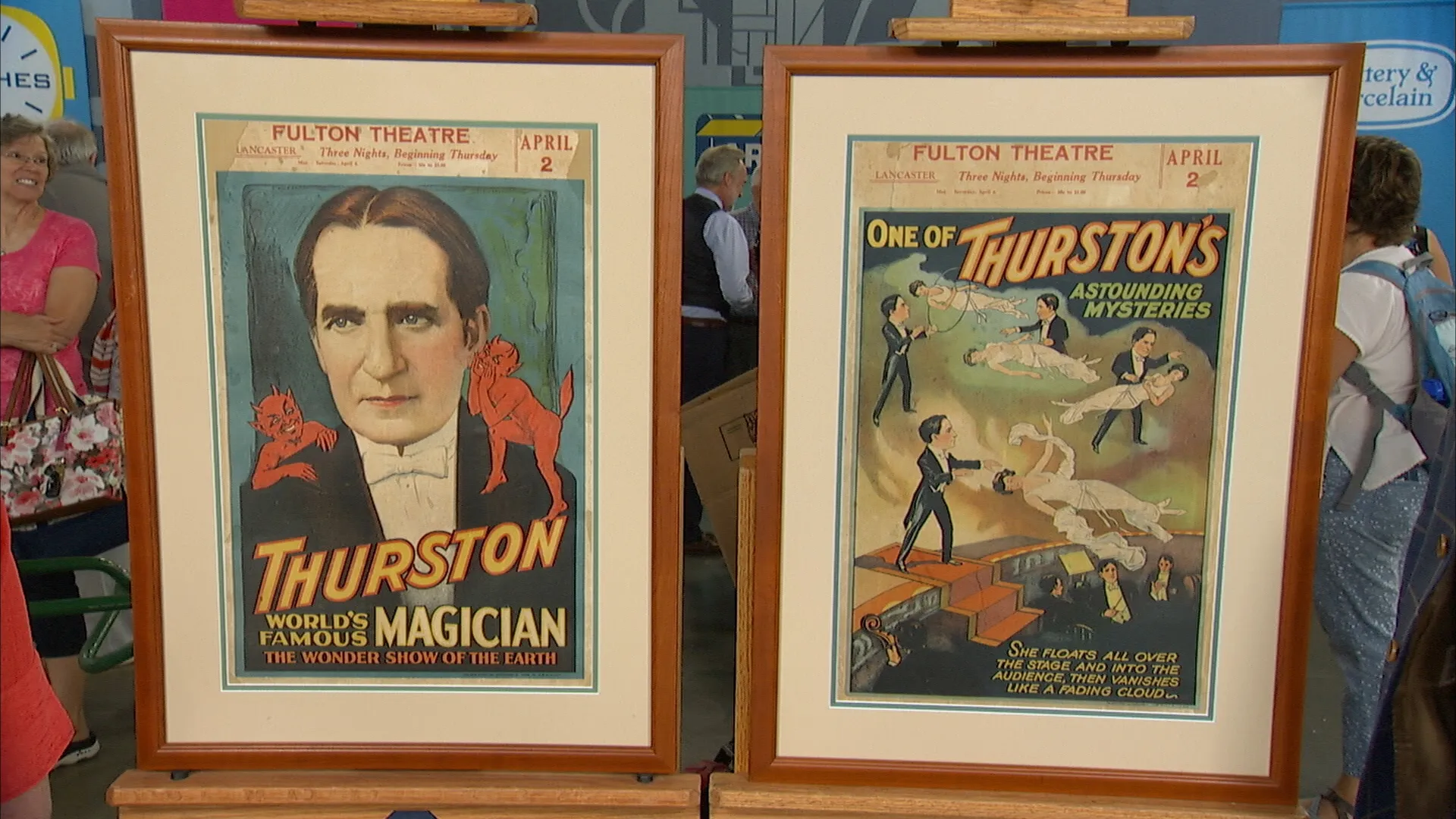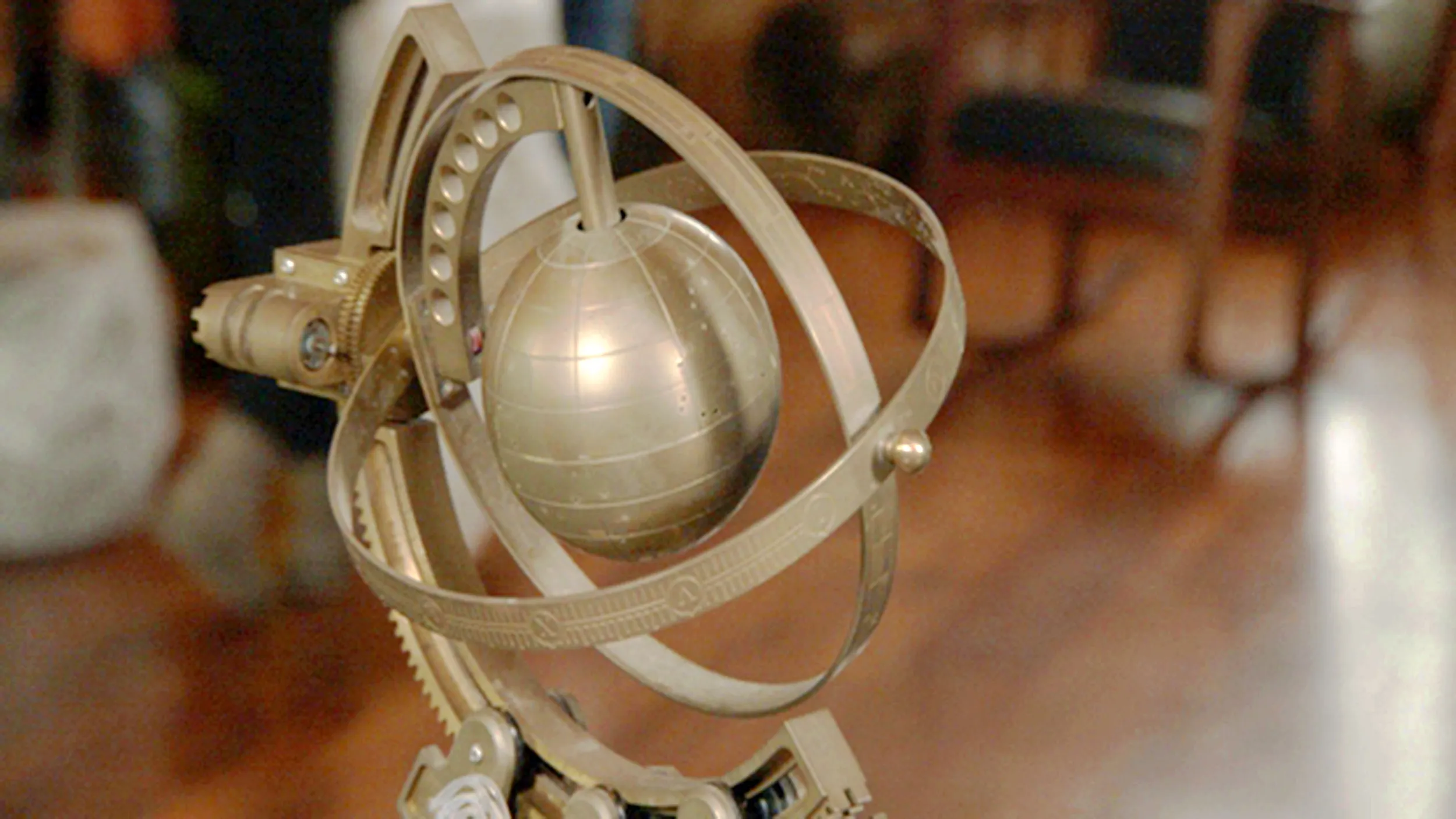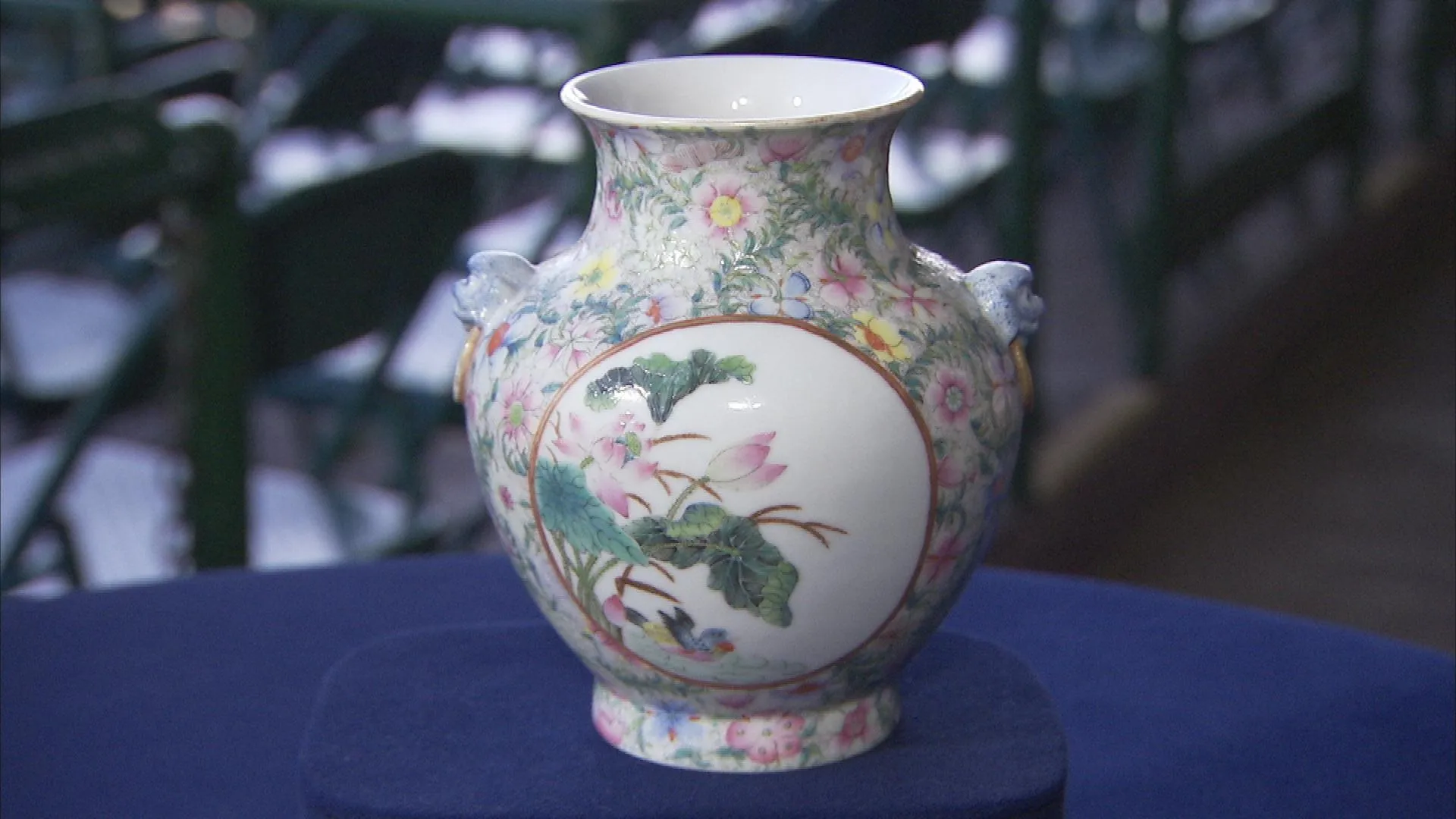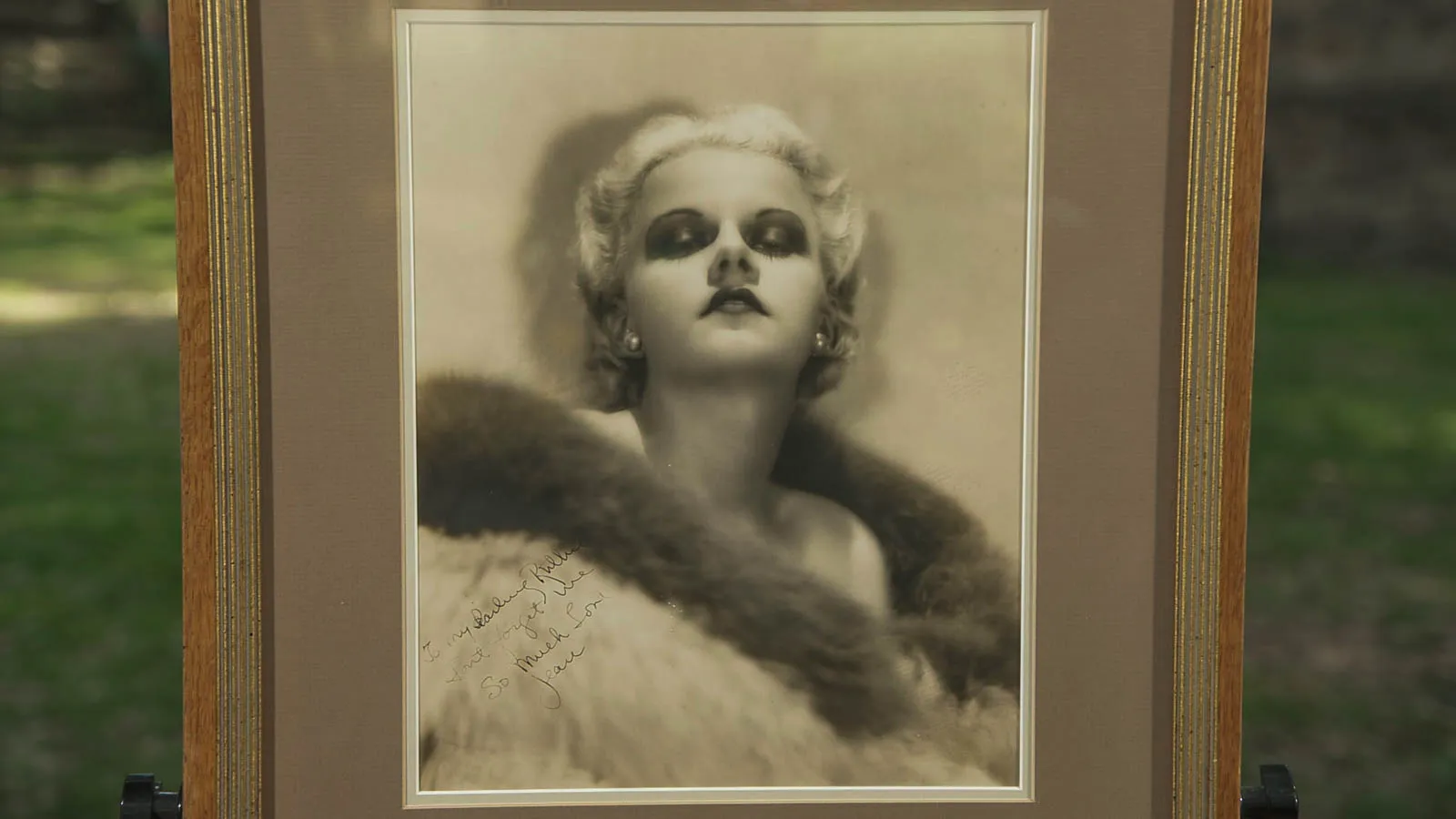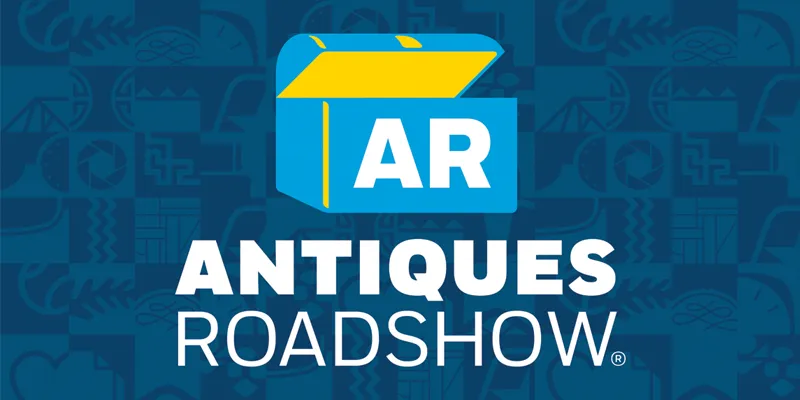GUEST: I acquired it in an antique store in Oklahoma City about 15 years ago, roughly. And we were with some good friends, and she was very knowledgeable in Native American studies or artwork, and she said, "Oh, my gosh," you know.
APPRAISER: Yeah.
GUEST: I knew what it was, is, it's a horse stick or a dance stick.
APPRAISER: Right.
GUEST: As they call it. And she said, she said it was Lakota, late 1800s, is what she felt.
APPRAISER: And what did you pay for it?
GUEST: I paid $700.
APPRAISER: Okay. All right, well, this would have been a stick, as you said, that would have been made to honor the warrior's dead horse.
GUEST: Very likely, mm-hmm,
APPRAISER: And so as such, it would be an important ceremonial piece that was danced during the Plains grass dance. And this is something, in the use of these sticks, was the latter part of the 19th century. Let's think about this thing logically. Now, I'm going to pick it up.
GUEST: Mm-hmm.
APPRAISER: If this were, were held and danced, what I'm asking you is, does this surface make sense? The surface, it's appeared to be darker up here, and there's no way that they would have grabbed it.
GUEST: No, not up there.
APPRAISER: And so when we look at it carefully, what we have is, we actually have a piece that's been made to look old.
GUEST: Oh, really?
APPRAISER: And so this is probably more from the '20s or the '30s.
GUEST: Really?
APPRAISER: Yeah.
GUEST: Wow.
APPRAISER: And I would think in an auction, it's probably worth $200 to $300.
GUEST: Oh. So, apparently, I paid a little too much. But it's worth that to me.
APPRAISER: Well, that's important.
GUEST: Yes.

